In the context of ideas, the United States unincorporated territories of Puerto Rico, Guam, the US Virgin Islands, American Samoa, and the Northern Mariana Islands aren’t commonly known as particular hubs of innovation. Often overlooked in every aspect of public perception, upon a closer look, they are proven to be important contributors to innovations in art, culture, science, sports, and civic life.
That closer look, however, takes time and effort, as the information about historical and recent ideas and inventions from the territories can sometimes be hard to find. Case in point, ask Microsoft’s Bing about the topic, and it replies with an apology stating that it “couldn’t find any specific information about inventions or innovations” from the territories. Ask Google’s Bard and OpenAI’s ChatGPT, and they hallucinate inventions. Current artificial intelligence technology’s limitation notwithstanding, the information is there and reveals an interesting, complex, but interesting record of the influence and impact of innovation and ideas from and in the territories.
Beginning with an examination of indigenous inventions and concepts that are still used to this day, the impacts of notable figures during the height of colonization, and analyzing modern scientific discoveries, we see islands ripe for ideas and advancement. Often shaped by outside factors beyond their control, on the subject of innovation, the territories have made their own mark in the country, the world, and beyond.
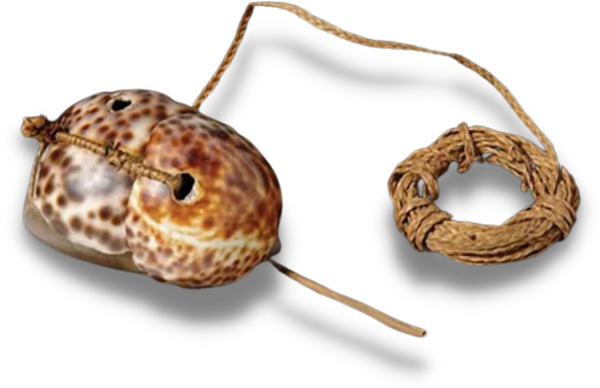
A re-created example of an ancient octopus lure from Tonga housed at the Pitt Rivers Museum in England. Photo credit: Pitt Rivers Museum, Artifact Registration.
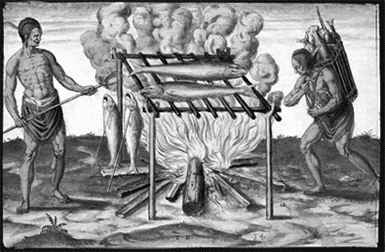
Representation of a Taino grill. Photo credit: Taino Smokehouse
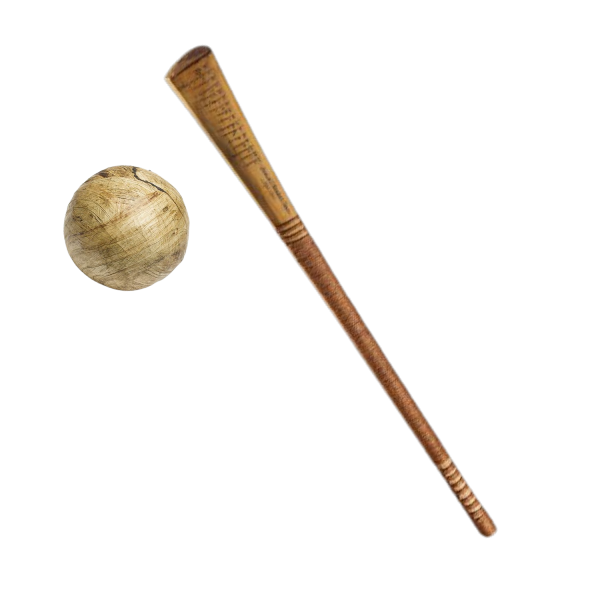
Kilikiti ball and bat. Photo credit: Museum of New Zealand
Te Papa Tongarewa
The ideas of the ancestors
If you have ever had to prepare for a hurricane, used a hammock, seen a manatee, or had a barbecue, you’ve been influenced by ideas from the territories. Each of those terms has origins in the language of the Taíno, the original inhabitants of what is now Puerto Rico and the US Virgin Islands. Other words derived from Taíno include caiman, canoe, cassava, cay, guava, iguana, macana, maize, manatee, mangrove, maroon, potato, savanna, and tobacco. In Spanish, the list is even more extensive.
Although now considered extinct, the Taíno language, as the first indigenous language encountered by Europeans in the Americas, had a significant influence on languages spoken today. It stands as an early representation of how ideas originating in what are now US territories came to be known and affect life far beyond the shores of these islands.
In this aspect, the Taíno were not alone. A recent study from the University of Guam found that ancient CHamoru people, the original inhabitants of Guam and the Northern Mariana Islands, might have invented the world’s first octopus lures. The artifacts, made from cowrie shells, a type of sea snail and a favorite food of octopuses, were carbon-dated back to 1500 BC, or 3,500 years ago. Should they be confirmed as CHamoru inventions, they would stand as a testament to their ingenuity and pioneering intellect as they adapted to the environment of the Mariana Islands in the Pacific.
More recently, Samoans are known to have given the world Kilikiti, also known as Samoan cricket. Influenced by English missionaries who introduced cricket to the islands in the early 19th century, the game spread through Polynesian populations. Today, it is played in Australia, New Zealand, Samoa, Fiji, Niue, Tokelau, Tonga, and Tuvalu, and even in the mainland US as well. There’s also a Kilikiti World Cup held in New Zealand with teams from different countries and territories competing against each other ( where American Samoa has a separate team from the US).
These innovations in language, fishing, and sports are but some of the earliest examples of these relatively small islands having an outsized impact on the world—both in ancient and modern times.
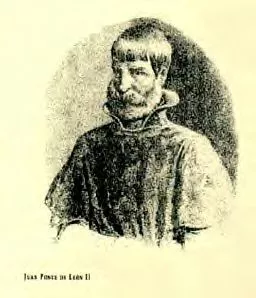
Juan Ponce de Leon II, who conducted the first experiment in the Americas in San Juan, Puerto Rico.

Dr. Zaidul Islam Sarker, lead Food Scientist and Program Leader at the Northern Marianas College Cooperative Research, Extension and Education Services who studies advancements in supercritical fluid extraction. Photo credit: Northern Marianas College

US Virgin Islands Architect Habibah Bell invented a retractable fire escape to help people flee from high-rise fires. Photo credit: Habibah Bell
The impact and context of ideas
With the advent of colonization in the territories, the nature of ideas and innovation was altered. The forced introduction of European ideas meant the extinction and purposeful eradication of native knowledge, which limits the extent of information we have about indigenous inventions. Lack of record keeping also has warped our knowledge of pre-colonization ingenuity in the islands.
Nonetheless, these developments did not signify the end of new ideas for the territories. For instance, we now believe that the first scientific experiment conducted in the Americas happened in Puerto Rico. In 1581, the grandson of the islands’ first acting governor Juan Ponce de León, Juan Ponce de León II, was able to establish the exact geographical coordinates of San Juan by studying an eclipse and its effects.
From then on, the nature of innovations in the territories took on a different focus from mere survival or exploration. With established colonies, the European powers then sought to extract as much in terms of riches and resources as they could. This fostered interesting developments, including ingenious piracy techniques like those employed by Roberto Cofresí, considered to be the last substantial pirate threat in the Caribbean.
Afterward, agriculture, botany, chemistry, and meteorology then become areas of focus and notable discoveries. Take, for instance, Henri Étienne Sainte-Claire Deville and Charles Joseph Sainte-Claire Deville, two brothers born in St. Thomas that became famous for their contributions to chemistry and meteorology, respectively. The former is responsible for the discovery of preparing pure aluminum.
Nearby in Puerto Rico, figures like Fermín Tangüis would go on to develop innovations like the Tanguis cotton in Peru, ultimately saving that nation’s cotton industry. Others like Ramón Emeterio Betances, Estevan Antonio Fuertes, and Fernando López Tuero would become notable figures for contributions in the fields of medicine, literature, politics, civil engineering, and agronomy.
The emergence of these illustrious leaders was such that you begin to see advances in areas like health insurance and banking, as was the case with José Celso Barbosa. But perhaps the most wide-ranging area in which individuals from the territories have made their mark is in advancing policy and politics.
Puerto Rican attorney and politician Pedro Albizu Campus was not only a leading figure in the islands’ independence movement but went on to even help write the constitution of the Irish Free State.
The impact of innovation from individuals from the territories even has an out-of-this-world aspect. Víctor Manuel Blanco, Yajaira Sierra-Sastre, Olga D. González-Sanabria, Wanda Díaz-Merced, Carlos Del Castillo, and Juan R. Cruz are just some of the many Puerto Ricans with careers and discoveries that have helped advance the study and exploration of space. In fact, the first extrasolar planets were discovered from the Arecibo Observatory in 1992.
The contributions of legacies of ideas from the territories are now so wide in range it’s difficult to pinpoint an area in which outstanding individuals from these islands have not had an effect. Natural sciences, anthropology, physiology: you name it, and there’s a strong likelihood the field has advancement originating from the territories. Use a battery? Thank a US Virgin Islander for advances in testing them. Need to refresh yourself? Kola champagnes and piña coladas were born in Puerto Rico. The territory may have even played a role in the establishment of basketball’s three-point line.
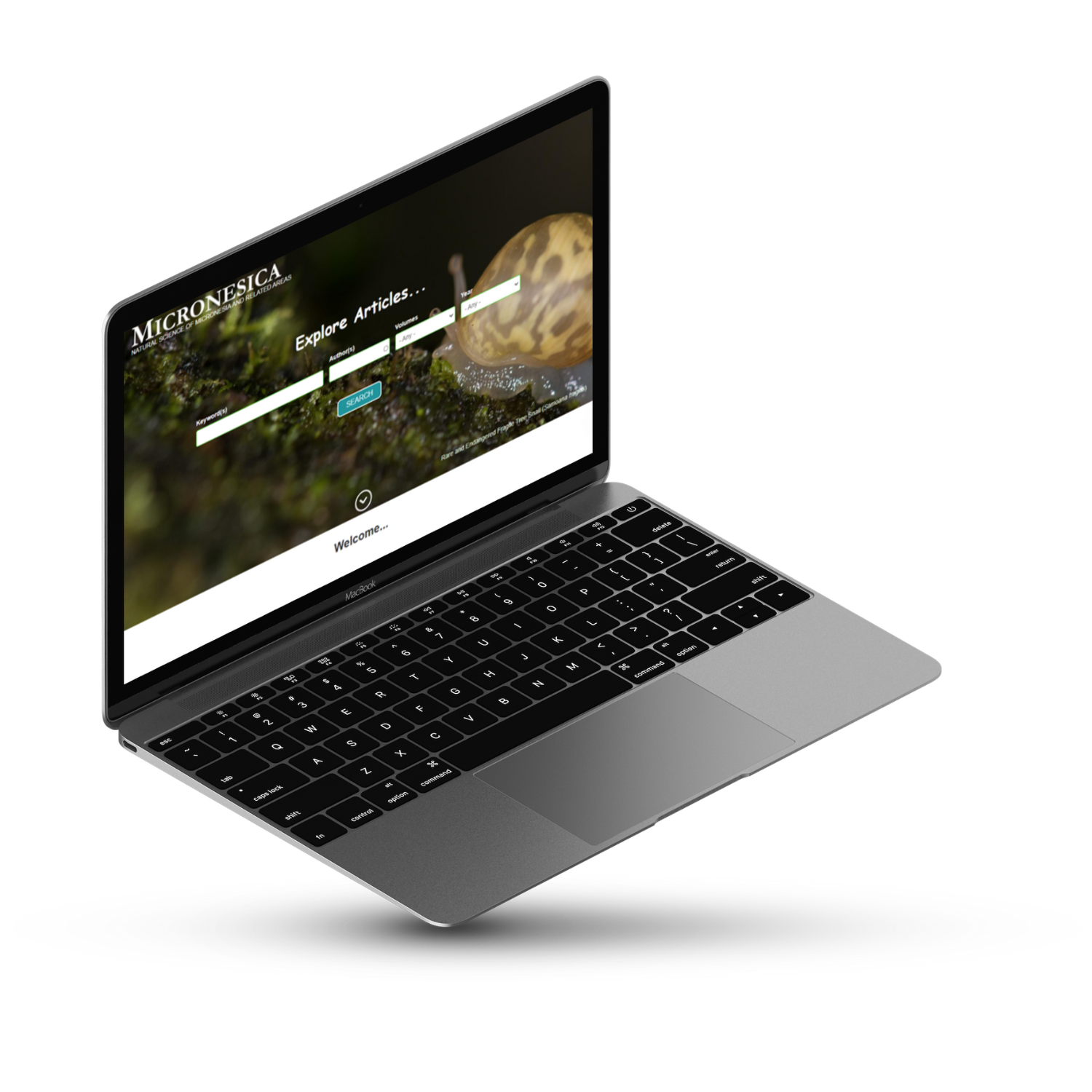

Laptop computer showing article announcing USVI Coral Innovation Lab.

Laptop computer showing paper on innovation in American Samoa.
The ideas and innovations of today
The effect of these advancements has set the pace for a modern ecosystem that is increasingly dedicated to advancement focused on the territories themselves today.
In the Pacific, American Samoa is now a hub seeing studies on agricultural advancement, economic recovery, and healthcare innovations. In fact, the territory is increasingly gaining recognition for its advancements in handling situations like the COVID-19 pandemic. Similarly, the Northern Mariana Islands has won praise for programs like its TASA role models program from the World Health Organization for being “highly successful in changing the environment, policy and people’s attitudes.”
Other partnerships in areas like youth preparedness have seen the territories go far beyond their borders in their pursuit of innovation. In fact, recent presentations in countries like India on advancements from Dr. Zaidul Islam Sarker, lead Food Scientist and Program Leader at the Northern Marianas College Cooperative Research, Extension, and Education Services, perfectly encapsulate the global reach of territorial inventiveness.
Higher education institutions in the territories are helping drive advancements. The University of Guam runs the Micronesica, Micronesian Educator, Pacific Asia Inquiry, and Storyboard research journals. There is also an increasingly purposeful interest in highlighting innovation in the territories, with nonprofit groups and government agencies now establishing hubs to focus on them.
This is also the case for the Atlantic territories, with the US Virgin Islands seeing its land grant university invest in over a dozen research programs in fields like education, economics, agriculture, and environmental research. Even global organizations are establishing dedicated efforts in the territories that emphasize their unique characteristics, as The Nature Conservancy did with the establishment of the US Virgin Islands Coral Innovation Hub.
In Puerto Rico, which developed into a pharmaceutical and biotechnology hub, organizations like the Puerto Rico Science, Technology and Research Trust and Ciencia Puerto Rico work to “promote innovation-driven enterprises, science, and technology.” This, in the middle of a diverse higher education system that has produced impressive results like having the top pharmacy school in the US as measured by the passage rate of the North American Pharmacist Licensure Examination.
Marcos Berrios became the second Puerto Rican to have been selected to become an astronaut after Joseph Acaba.
Future of ideas in the territories
With a strong history of innovation, new ideas, and research advancements in and from the territories, the road ahead is likely one filled with fascinating discoveries.
Despite recent setbacks that have presented existential challenges to progress in these islands, there is reason to be optimistic about the future. Conduct a search for patents involving each one of the territories, and there is an upward trend in filings. In fact, in facing the particular problems the US territories face, you will see some of the most promising areas for advancement that will help not just residents of the islands but potentially find solutions for some of the most difficult issues facing humanity amidst a changing climate.
For instance, Casa Pueblo in Puerto Rico is leading an energy insurrection to build energy self-sufficiency with clean and renewable energy. And American Samoa and the US Virgin Islands can look forward to a new Innovation and Technology Campus and tech village that will serve as world-class tech destinations.
Even in the face of complications like lack of proper data, you can see concerted efforts in technology development and investment to address them and find a better path forward.
From a purely humanistic point of view, you can draw inspiration from the dreamers of the islands that are looking to the stars and beyond for the next big thing. And as a reminder, we can look forward to 2031 and 2032, when the United States Mint releases its American Innovation $1 Coin Program coins for each of the territories.
This is the third in a series of articles examining the United States and its relationship with the territories, marking a decade after Pasquines’ founding. Please help us continue covering the context of islands by making a donation today.

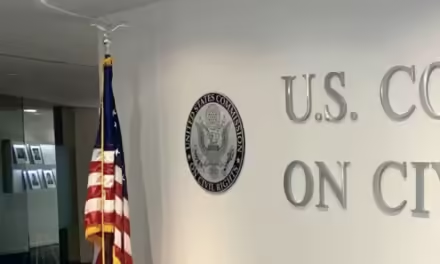
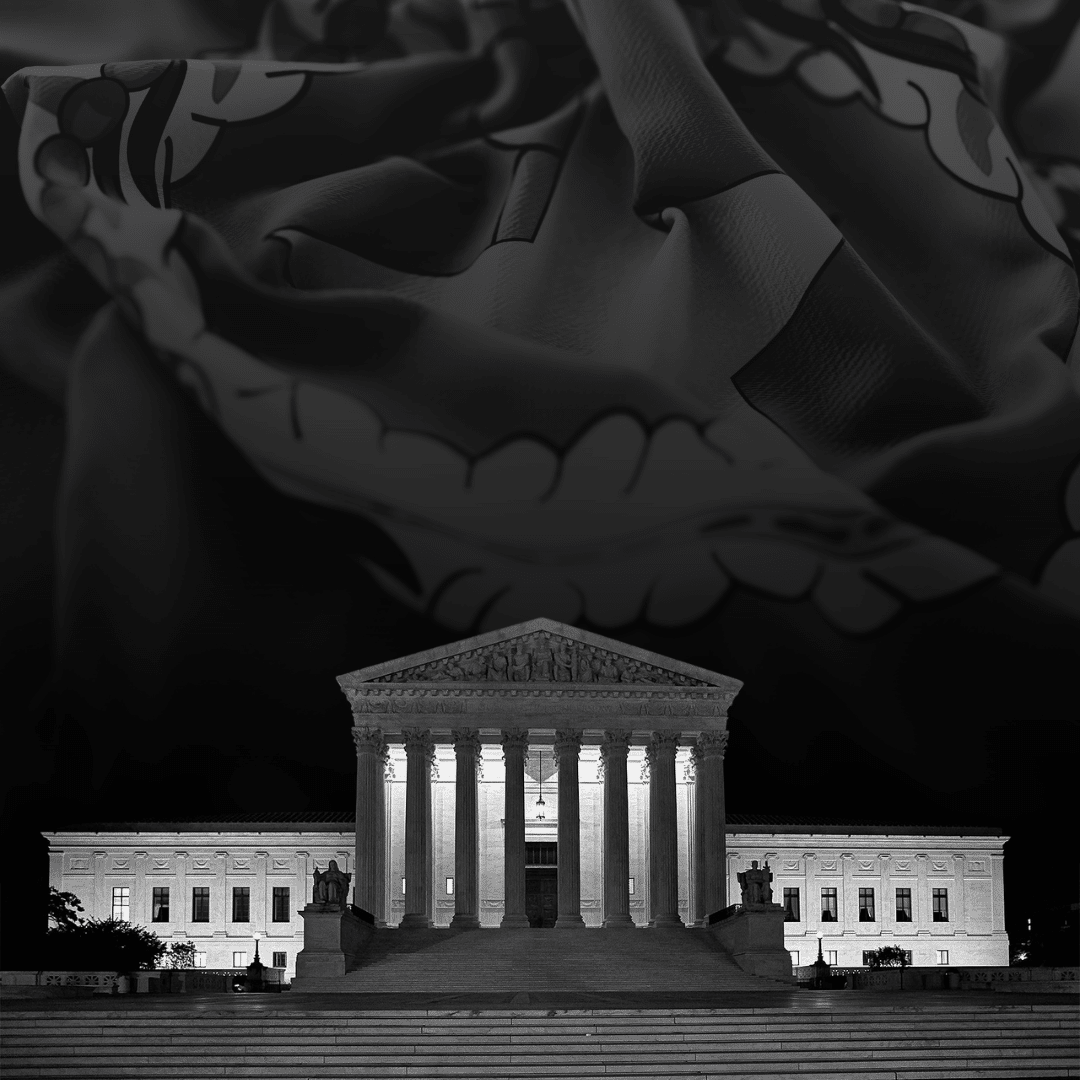

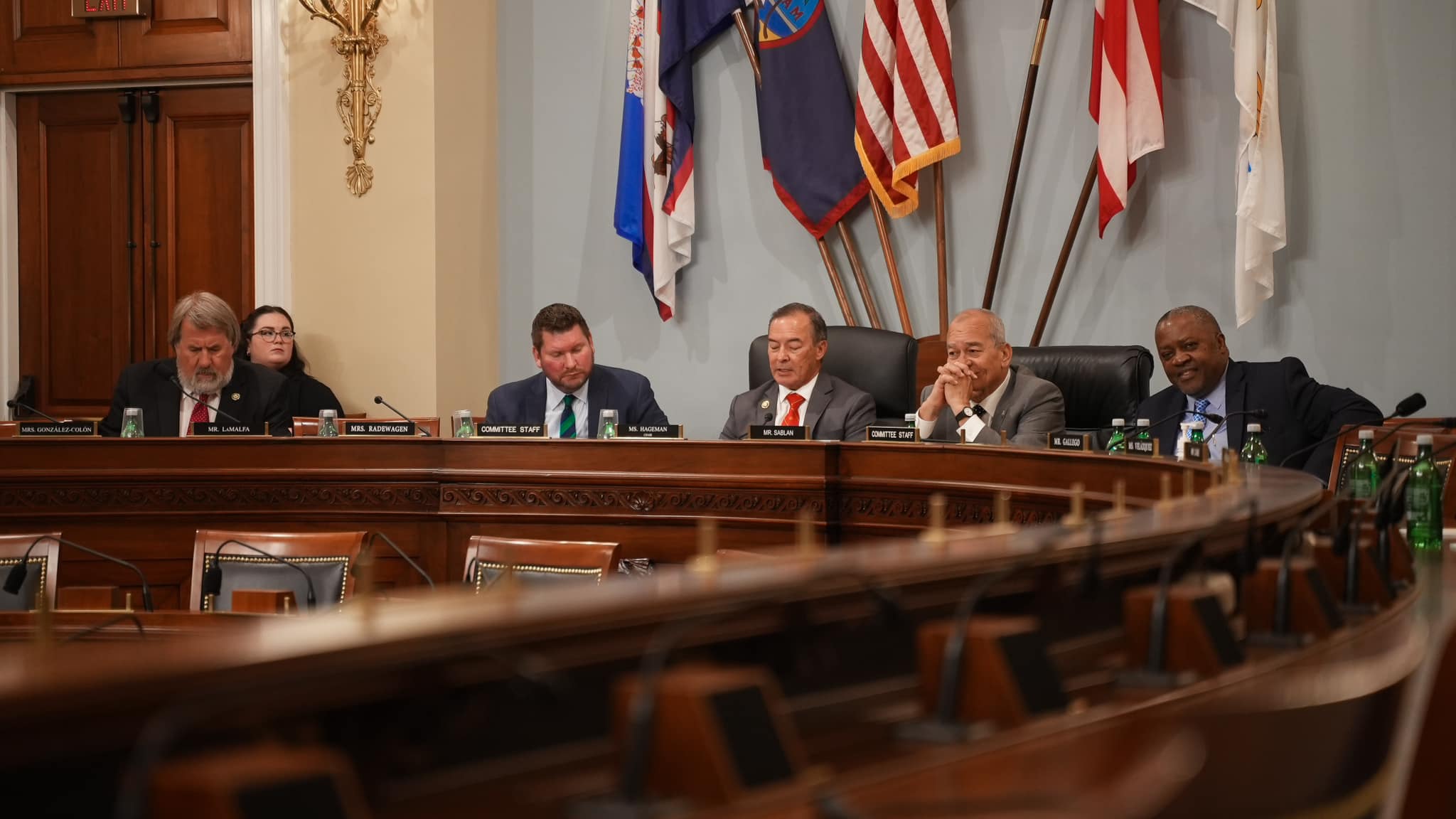
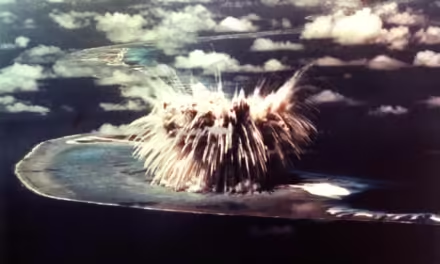
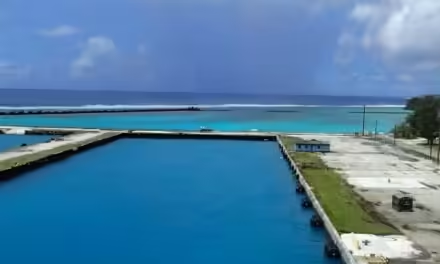
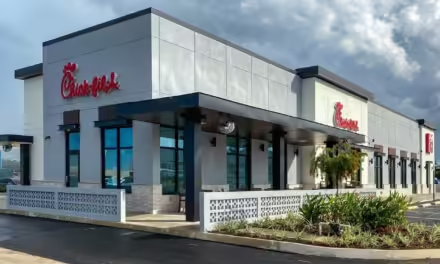
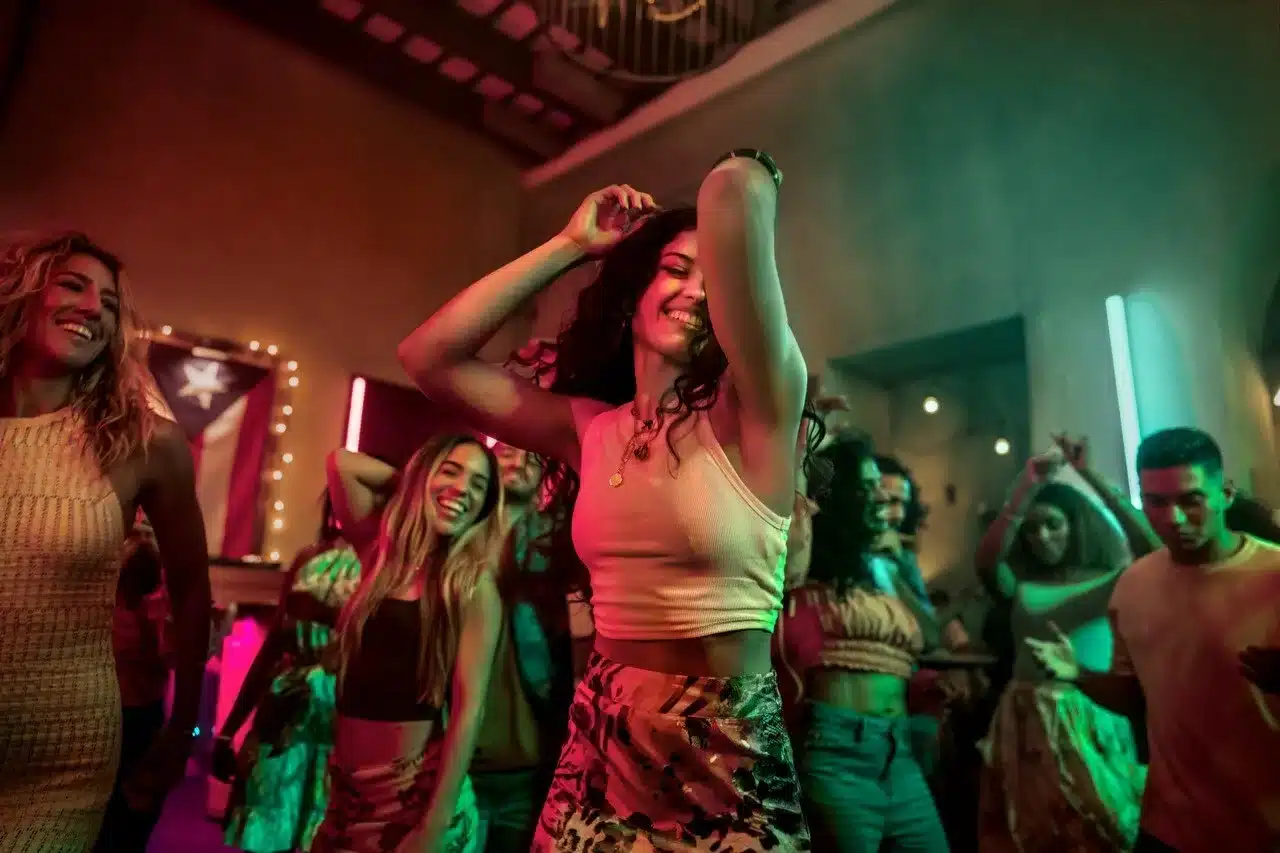
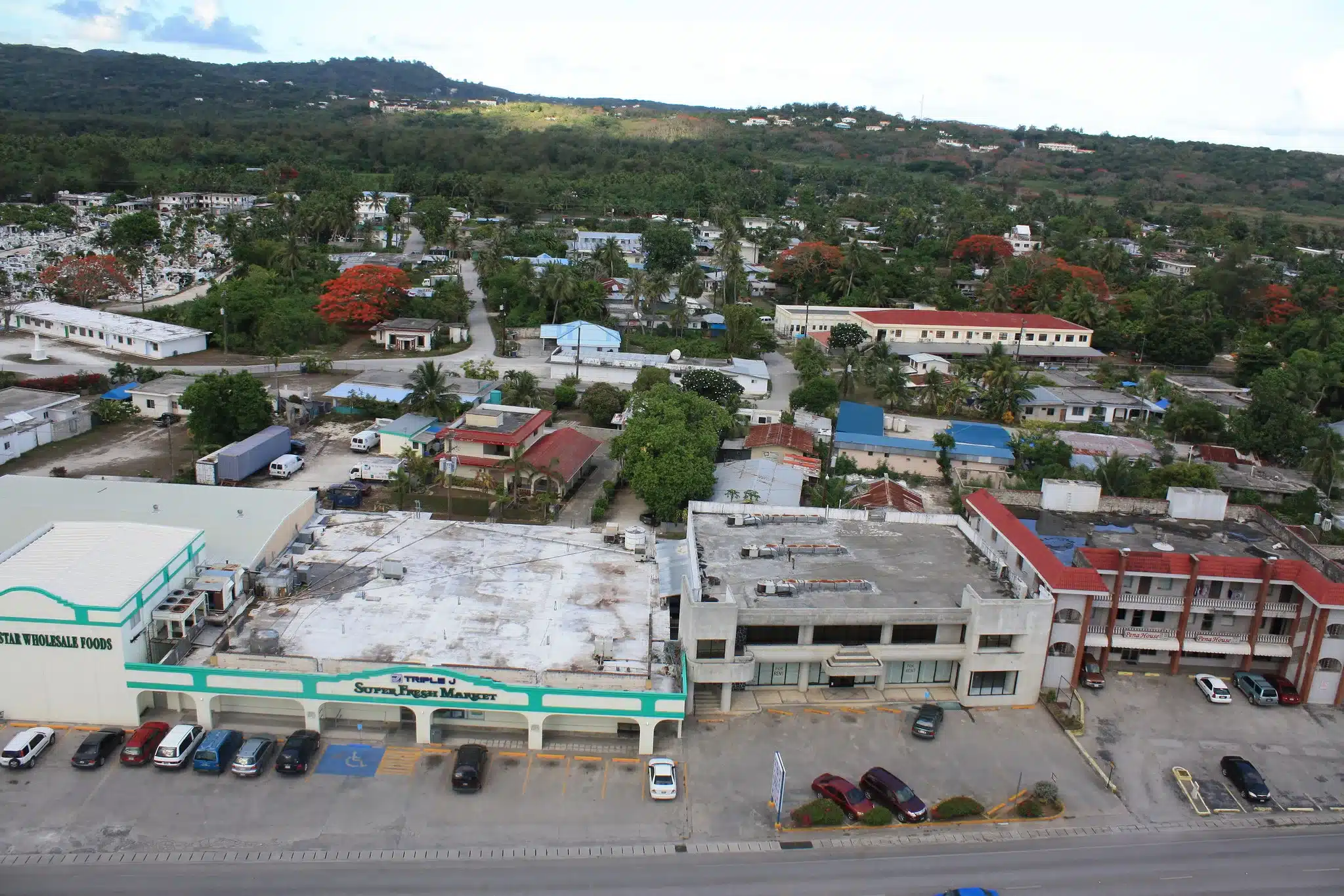

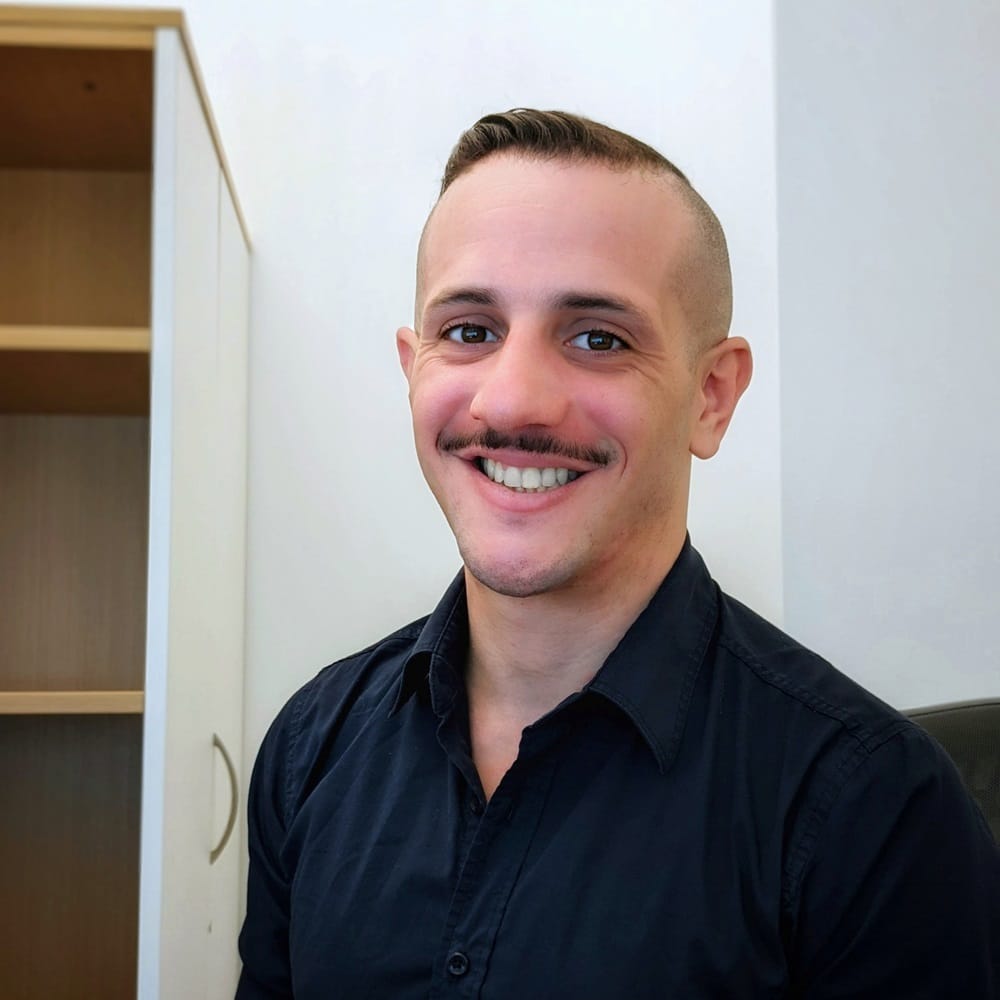
Looking forward to future updates of your writings and work